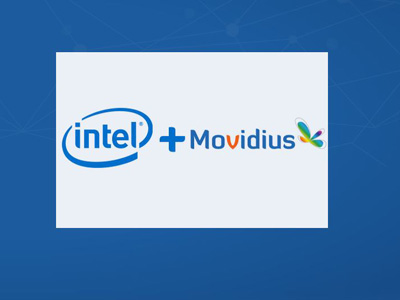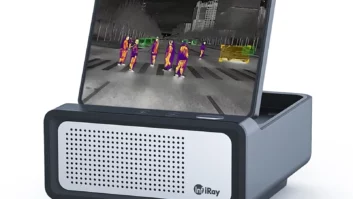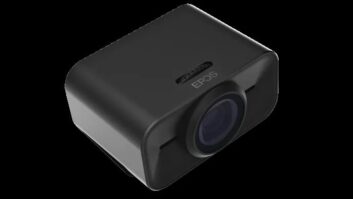
Intel said it will acquire Movidius, a manufacturer of ultra-low-power visual intelligence, as it prepares for a “Cambrian explosion of compute.”
Readying for the takeoff of such nascent categories as drones, robots and VR, the deal will position Intel as a leader of Cloud-to-device providers, said Josh Walden, senior VP and general manager, Intel new technology group, in a company statement.
In line with Intel’s RealSense strategy — a sophisticated, depth-sensing camera technology that is being built into drones and VR headsets — the company is bulking up its capabilities in computer vision and perceptual computing. Walden likened computer vision to being the eyes, brain and visual cortex of a machine, enabling navigation, recognition and analysis. He minced no words when emphasizing the impact it will have, once again saying it will “trigger a Cambrian explosion of compute.”
Acquiring Movidius will provide Intel with the necessary low-power SoC platforms it requires in these computer vision applications.
Noted Walden: “As devices become smarter and more distributed, we recognize that specific system-on-a-chip (SoC) attributes will be paramount to giving human-like sight to the 50 billion connected devices that are projected by 2020.”
Walden said Intel will look to use the technology in drones and digital security cameras, as well with augmented, virtual and merged reality.
Remi El-Ouazzane, Movidius CEO, said in his own statement that the company has been working with such partners as DJI, Flir, Google and Lenovo. “Today’s smart devices, while compelling, offer just a glimpse of what’s to come. When computers can see, they can become autonomous and that’s just the beginning. We’re on the cusp of big breakthroughs in artificial intelligence. In the years ahead, we’ll see new types of autonomous machines with more advanced capabilities as we make progress on one of the most difficult challenges of AI: getting our devices not just to see, but also to think.”













